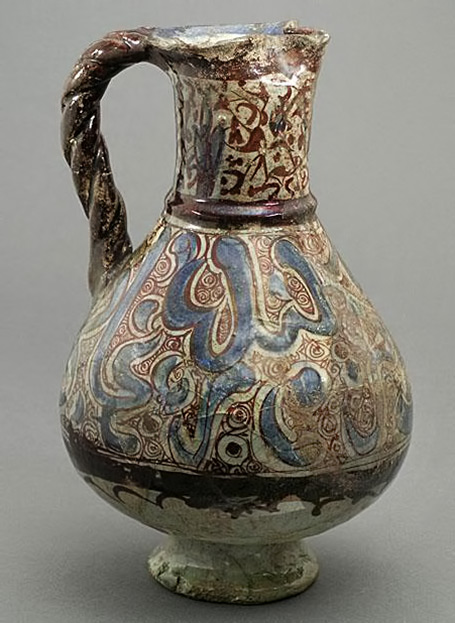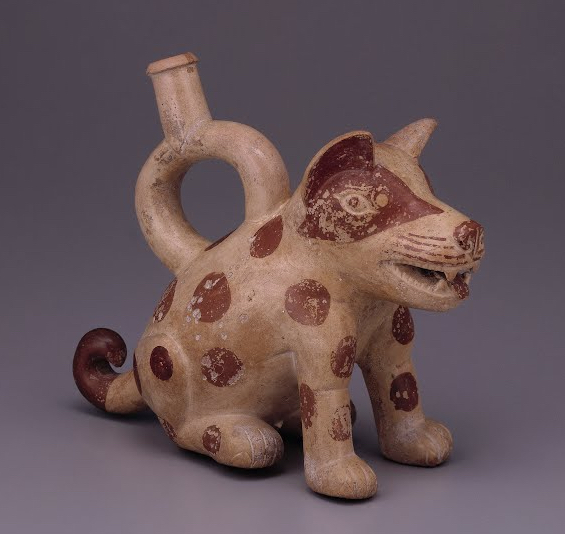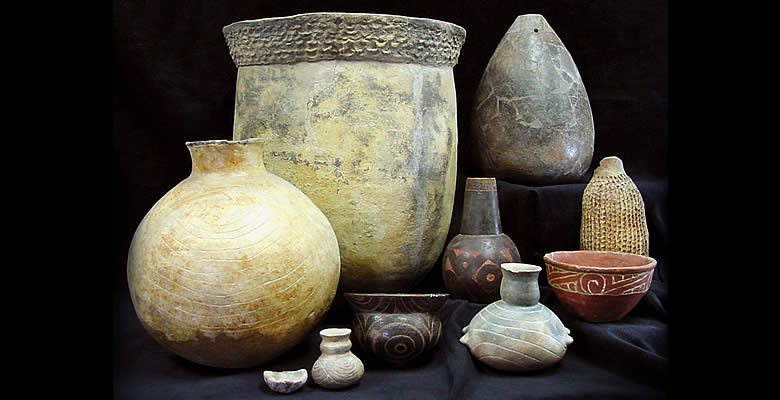Early neolithic and pre neolithic pottery artifacts have been found in jōmon japan the russian far east sub saharan africa south america and the middle east.
What culture were the earliest ceramic vessels part of.
Japanese jomon pottery dated back to 13 000 years ago and middle nile egyptian vessels from about 10 000 years ago are some examples of pottery produced using this technique.
Through this method temperatures could range from about 600 to about 800 900 degrees celsius which are relatively low temperatures.
This is the first lesson in a sequential unit.
They develop criteria for value and meaning of these objects and create a timeline to situate the objects in history.
Pottery is one of the oldest human inventions originating before the neolithic period with ceramic objects like the gravettian culture venus of dolní věstonice figurine discovered in the czech republic dating back to 29 000 25 000 bc and pottery vessels that were discovered in jiangxi china which date back to 18 000 bc.
The j mon people had a continual culture that is believed to date back as far as 11 000 bce and lasted until the first millennium bce.
Open firing techniques were used to produce the earliest pottery.
This makes the sophistication of j mon ceramic vessels particularly.
By 10 000 bp the use of ceramics is found throughout mainland china and by 5 000 bp ceramic vessels are found throughout the world both independently invented in the americas or spread by diffusion into the middle eastern neolithic cultures.
The j mon developed agriculture very late and remained primarily a hunting fishing food gathering culture throughout their long existence.
Most paleolithic mesolithic and neolithic cultures developed sophisticated ceramic and other art forms after becoming agricultural communities.
Alaka culture pottery made in guyana has been dated to 4000 bce while san jacinto culture ceramic vessels in colombia date to about 4500 bce and at puerto hormiga in colombia to about 3800 bce.




























